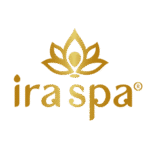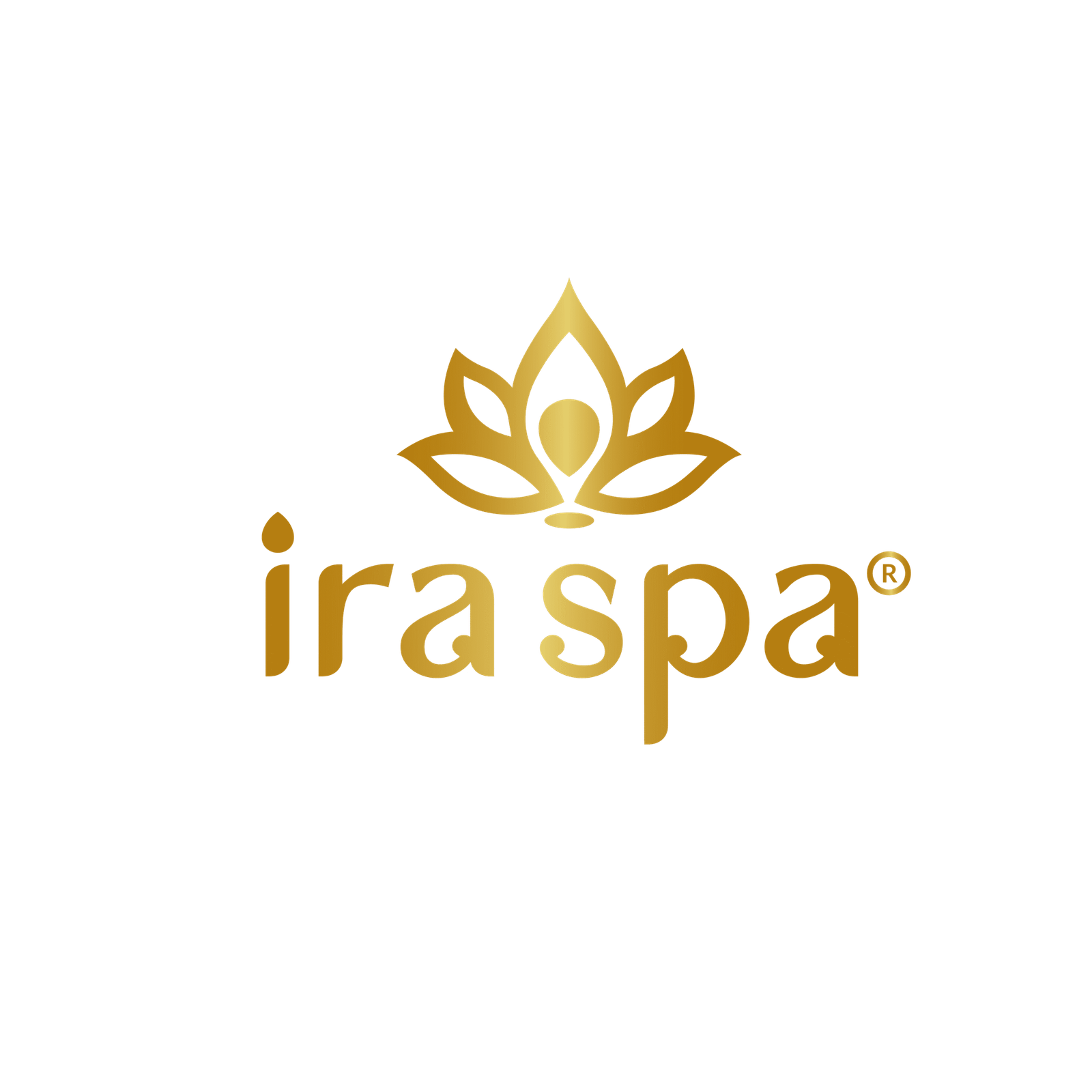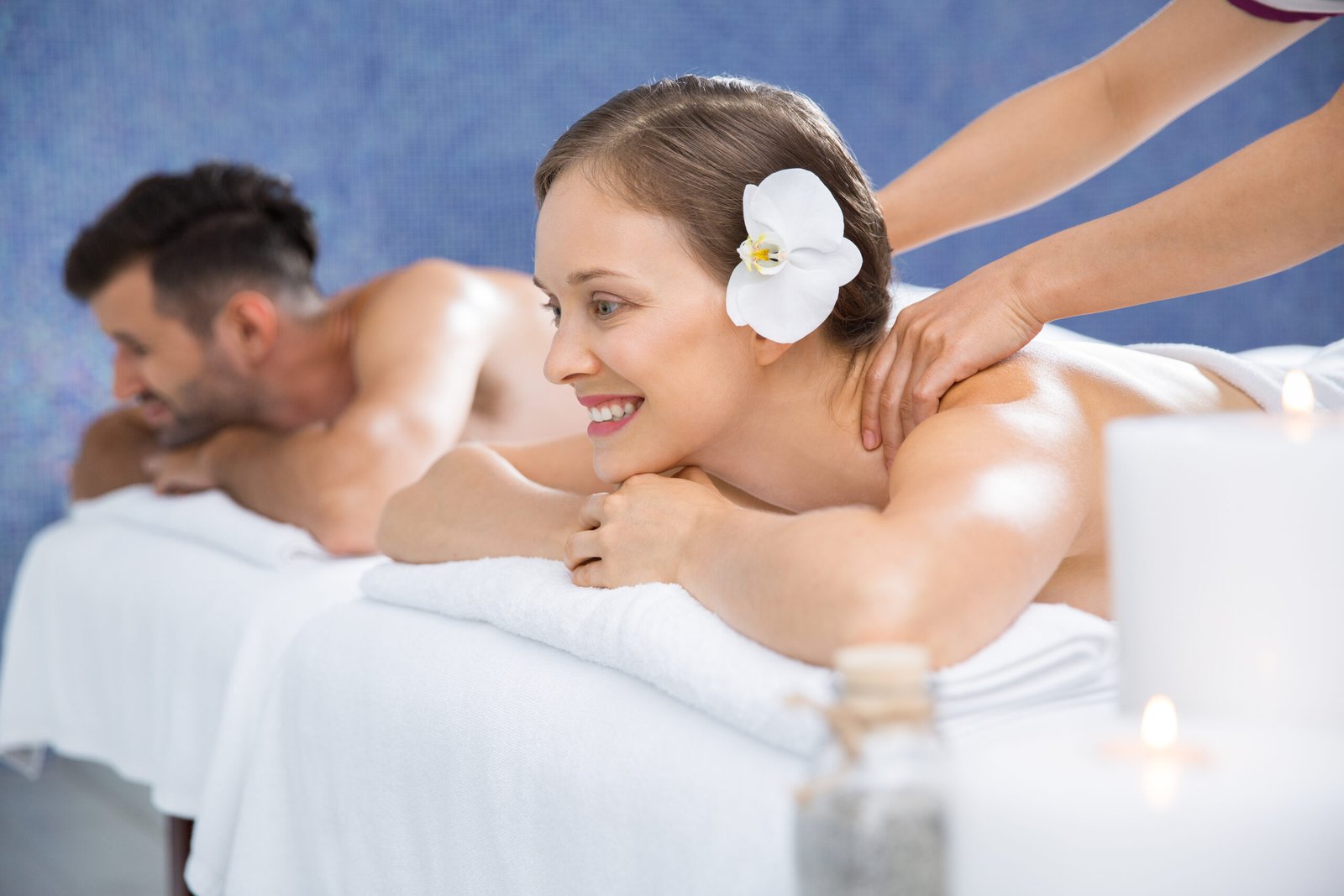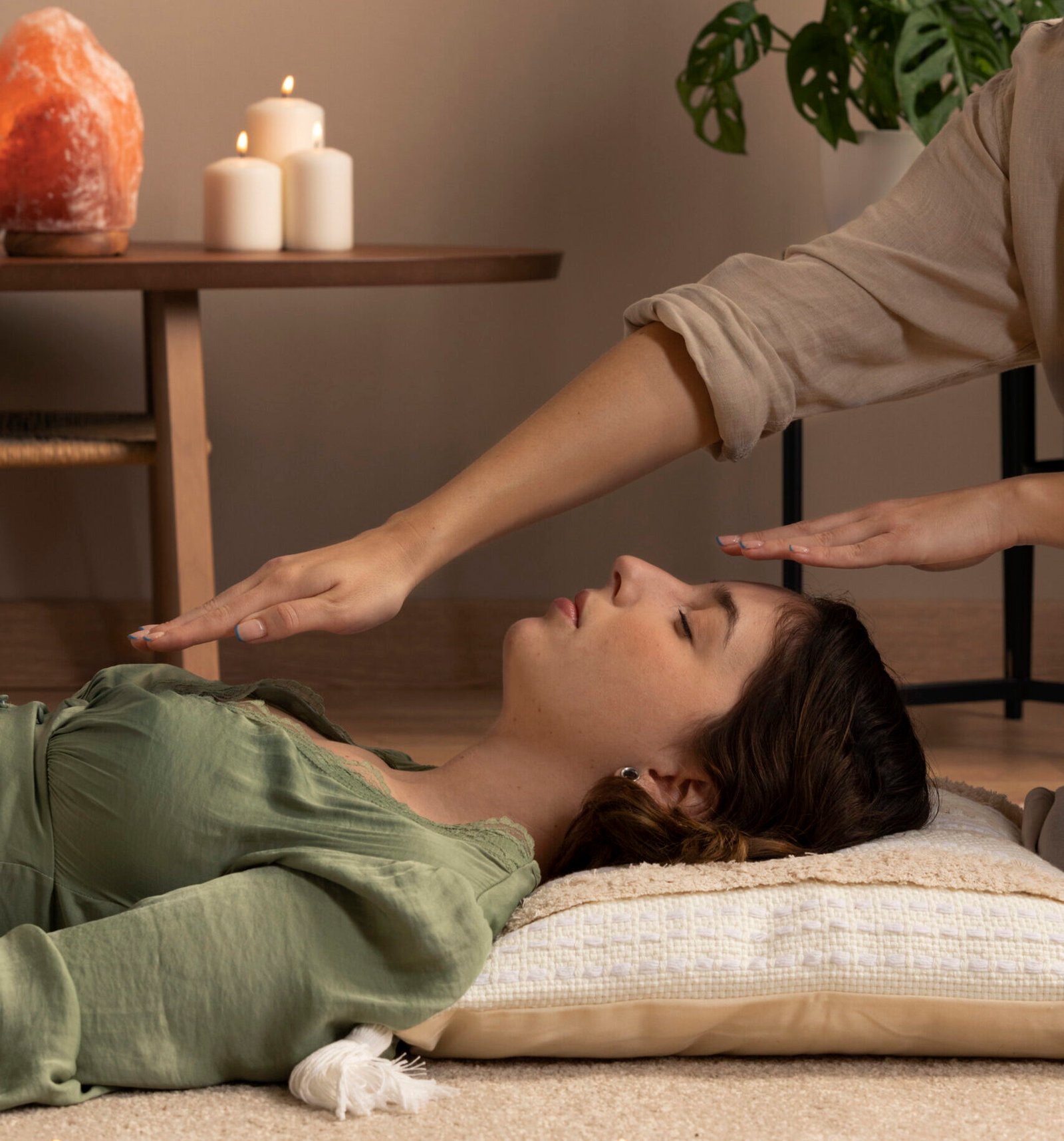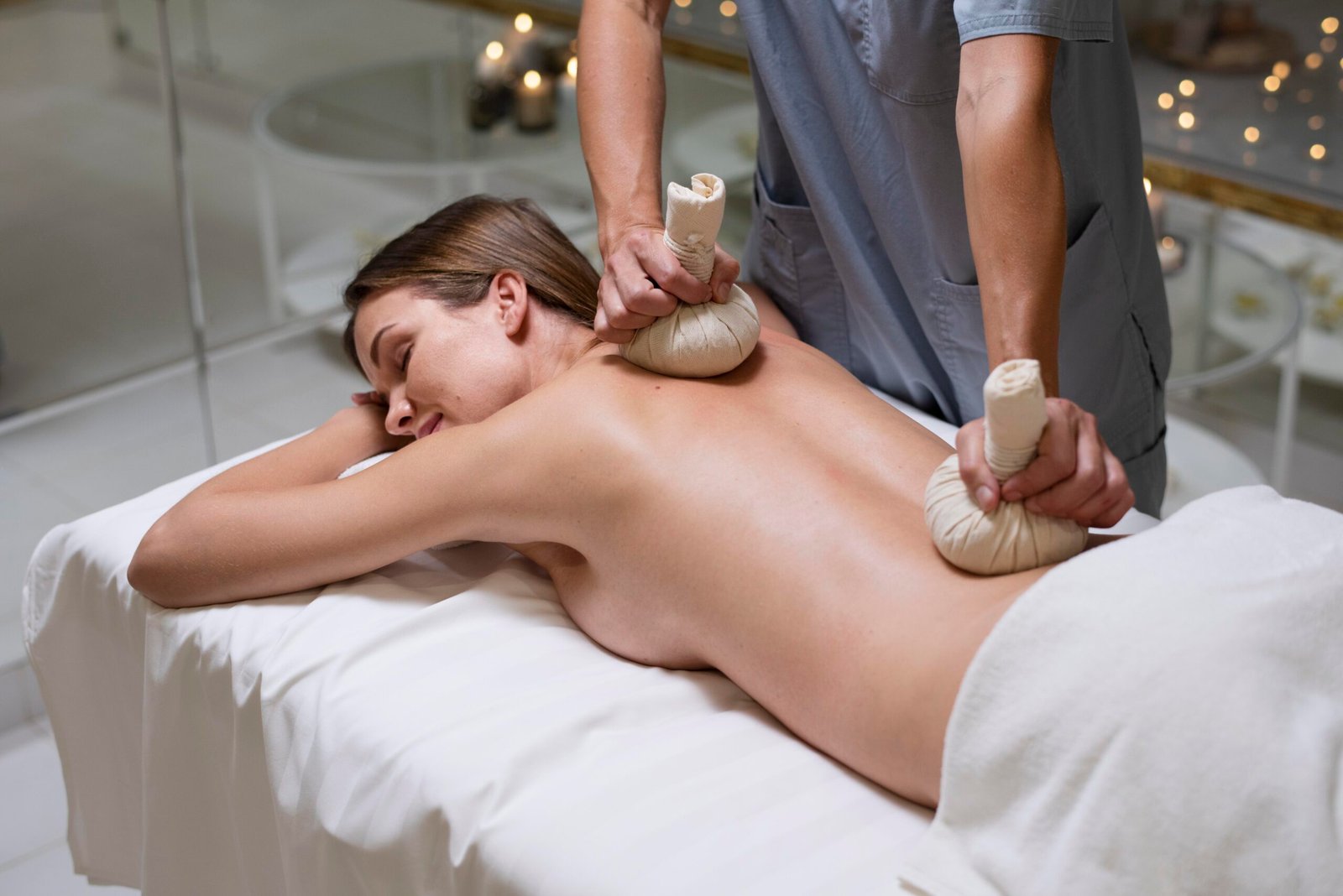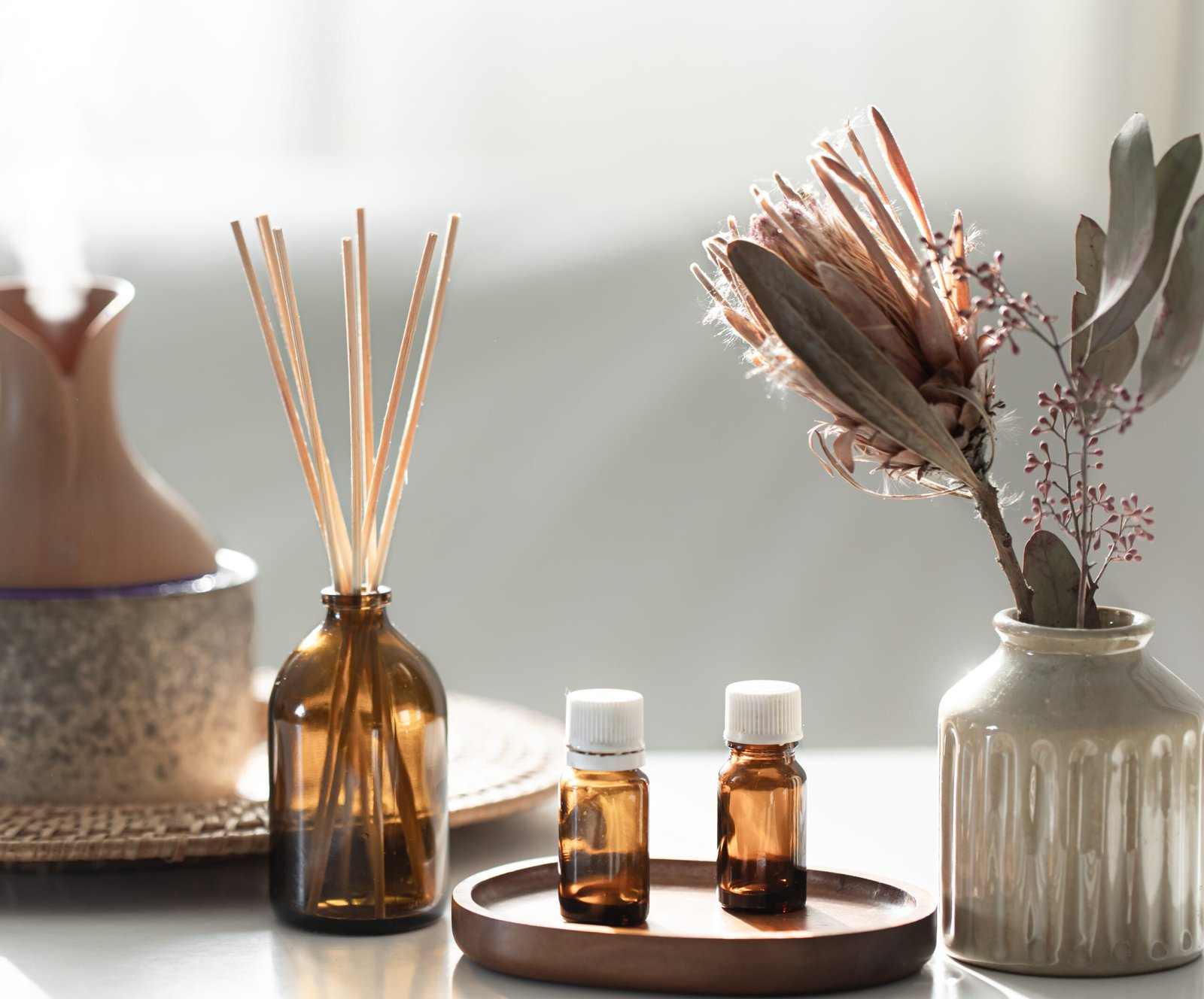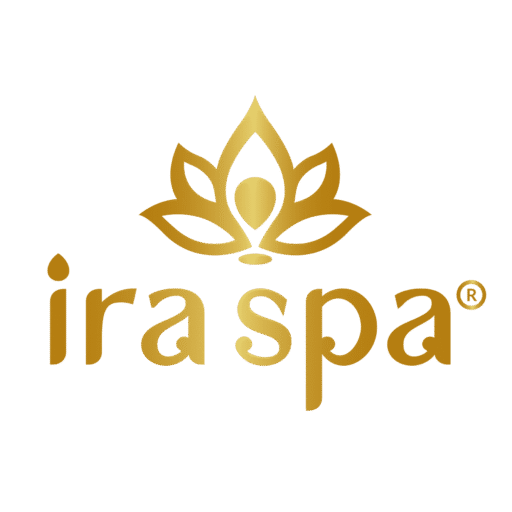Table of content
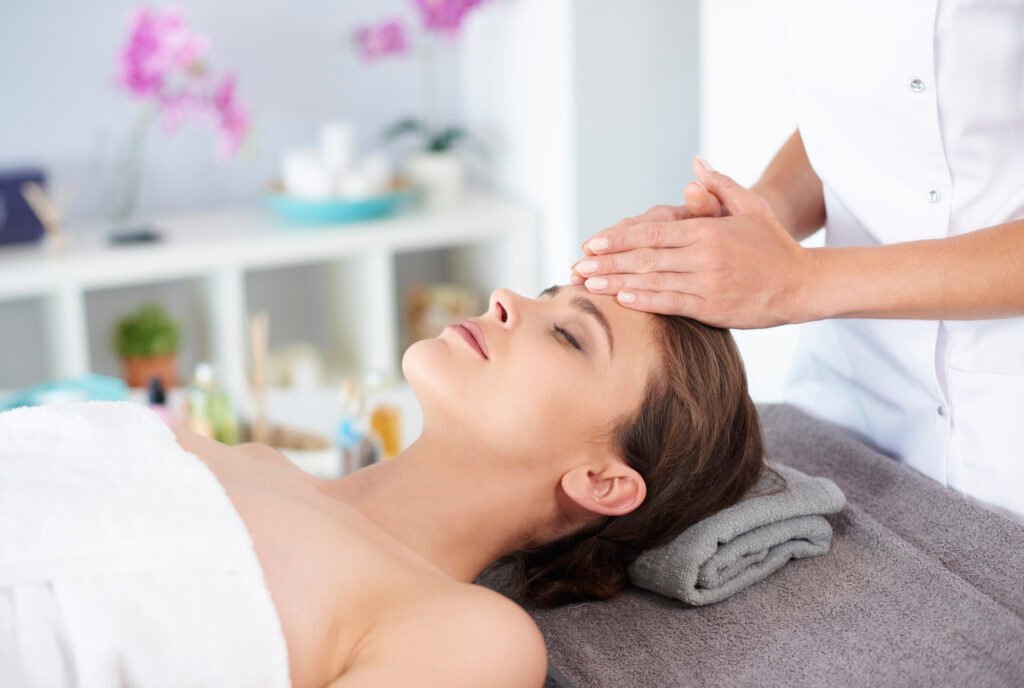
In today’s demanding world, prioritizing mental and physical self-care is essential for maintaining overall well-being. One simple yet profoundly effective practice is the head massage. Far beyond mere relaxation, regular head massages offer a wealth of health benefits—from relieving stress and improving sleep to enhancing scalp health and supporting hair growth.
Whether done at home or by a professional, head massages can become a core part of your self-care routine, promoting a balanced, healthier lifestyle.
1.Physical Benefits of Head Massage
Regular head massage treatments provide a range of physical benefits that go well beyond a soothing experience.
Improved Blood Circulation
Gentle kneading and rhythmic pressure on the scalp improve blood flow to hair follicles. This helps deliver oxygen and essential nutrients to the roots, supporting healthier hair growth while invigorating the scalp. Enhanced circulation also aids in overall relaxation and may help reduce feelings of fatigue.
Relieves Muscle Tension and Headaches
Tension often builds up in the scalp, neck, and shoulders due to stress or poor posture. Head massages ease this tightness, releasing built-up stress in these areas. For people who experience tension headaches or even migraines, targeted massage can help by relaxing the muscles and soothing discomfort naturally.
Supports Scalp Health
A well-executed head massage exfoliates the scalp gently, loosening dead skin and reducing the buildup of oils or hair products. By balancing natural oils, it can help with dry or flaky scalp issues, including dandruff. Scalp massage for dandruff is a widely recommended approach in natural hair care routines.
2. Mental Health and Emotional Benefits
Head massages aren’t just for physical relief—they have a significant positive impact on mental health and emotional well-being.
Reduces Stress and Anxiety
Massage calms the nervous system and activates the parasympathetic response (the “rest-and-digest” system). This leads to lower cortisol levels and a deep sense of calm, making head massage a trusted stress relief massage option. It’s an easy, drug-free way to manage everyday stress and anxiety.
Promotes Better Sleep
For people struggling with insomnia or restless nights, head massage can be a soothing ritual before bed. By calming the mind and body, it helps prepare you for deep, restorative sleep. Many people incorporate head massage techniques for stress and sleep as part of a nightly routine to improve sleep quality naturally.
Boosts Mood and Mental Clarity
Head massage can trigger the release of endorphins and serotonin, natural mood-boosting chemicals. This not only enhances overall mood but can also improve focus and mental clarity, helping you approach the day’s challenges with a calmer, clearer mindset.
3. Hair and Scalp-Specific Benefits
Beyond stress relief and relaxation, head massages offer added benefits that align well with routines like Thai massage and promote overall skin health.
Promotes Hair Growth
Head massage boosts blood circulation to the scalp, stimulating hair follicles and encouraging healthy, resilient hair growth. This practice is often integrated into holistic wellness approaches, similar to the benefits seen with Thai massage for full-body rejuvenation.
Reduces Dandruff and Dryness
Scalp massage helps loosen dandruff, evenly distribute natural oils, and restore moisture balance—contributing not just to hair care but also to improved skin health on the scalp.
4. Techniques for Effective Head Massage
There are various techniques to enhance the benefits of a head massage, whether done at home or by a professional therapist.
Circular Motions and Kneading
Gently massaging the scalp with fingertips in circular motions boosts blood circulation and relieves tension. Focus on areas like the temples, crown, and base of the skull for optimal relaxation—perfect when paired with treatments like body polishing for full-body rejuvenation.
Light Pulling and Stroking
Soft hair pulling and long strokes across the scalp help release tension, distribute natural oils, and induce calmness. This technique complements herbal therapy sessions, promoting harmony between mind and body.
Oils and Aromatherapy Additions
Incorporating oils such as coconut, sesame, or lavender adds nourishment and antimicrobial benefits. When combined with herbal therapy and calming aromas, the experience becomes deeply soothing—often used in holistic and Ayurvedic routines to balance both scalp and skin.
5. Difference Between Scalp Massage and Head Massage
While often used interchangeably, these two practices have distinct focuses that offer unique benefits.
Head Massage
This approach is holistic, covering the scalp, temples, neck, and even shoulders. It’s designed for full relaxation and stress relief, easing tension throughout upper body areas that hold stress.Scalp Massage
Focused solely on the scalp, this technique targets hair health directly. It stimulates hair follicles, improves oil distribution, and helps address specific concerns like dandruff.Understanding this difference between scalp massage and head massage helps you choose the right approach for your goals, whether it’s stress relief or hair care.
6. Conclusion
Regular head massages are far more than a luxury—they’re an essential, accessible component of a balanced self-care routine. By relieving stress, promoting better sleep, supporting scalp health, and even stimulating hair growth, head massages offer a wealth of benefits for both body and mind.
Whether you choose to enjoy professional treatments or learn simple techniques for home use, dedicating time to head massage is a worthwhile investment in your overall well-being. When combined with practices like aromatherapy or herbal oils, regular head massages become a powerful, natural way to manage stress and support a healthier lifestyle.
